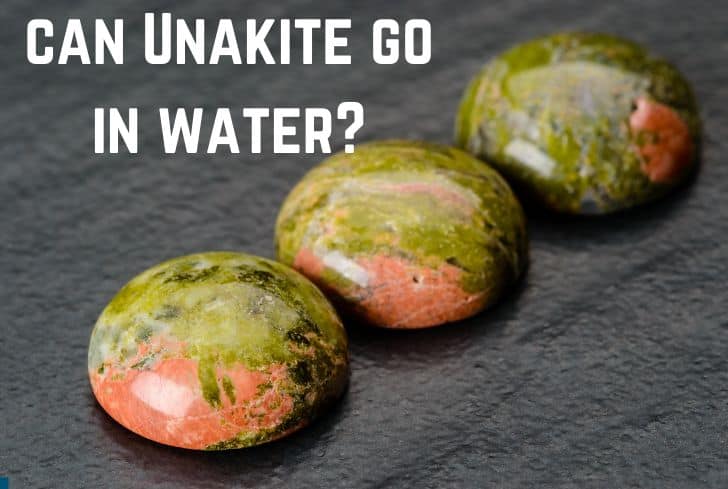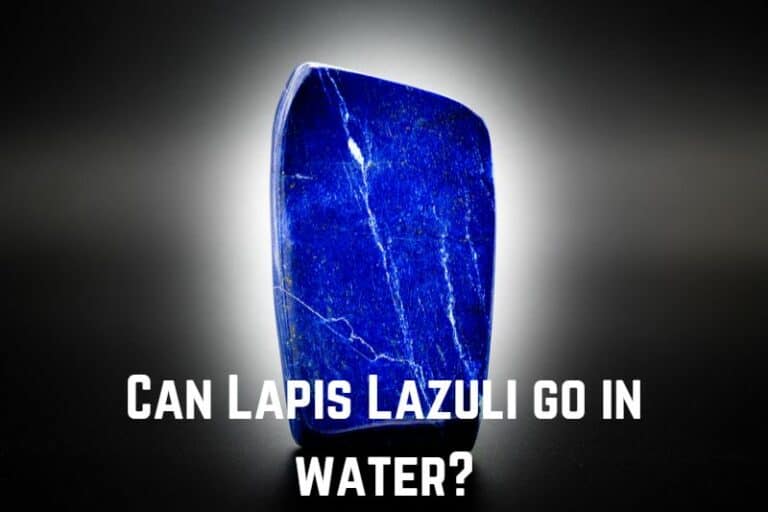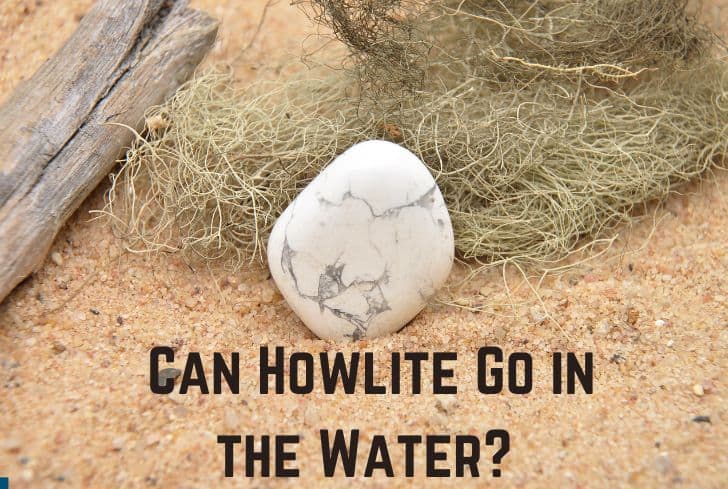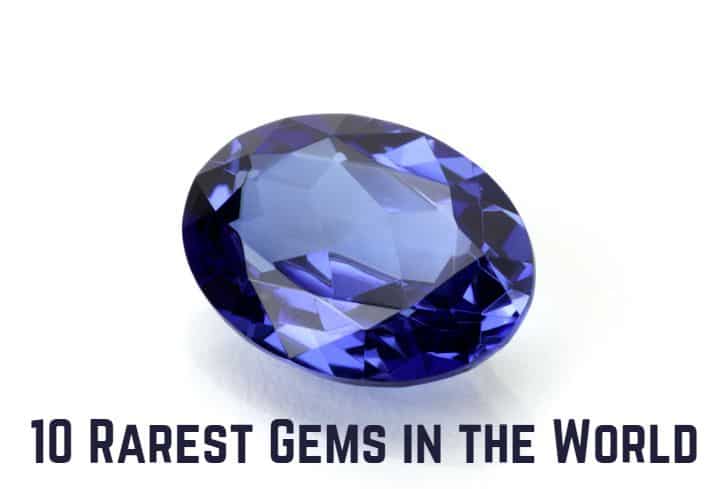Limestone vs Marble (Differences & Similarities)
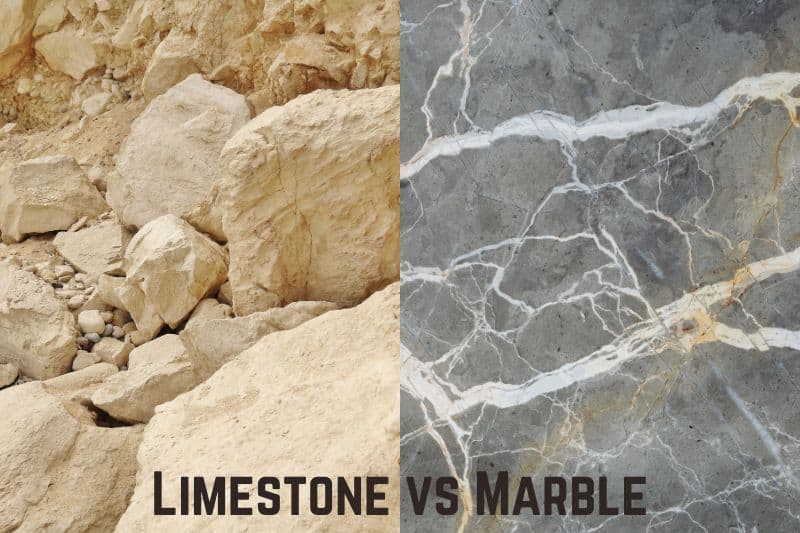
Both limestone and marble have been used since ancient times in construction. These natural stones are not just highly durable but also aesthetically pleasing, which is why they continue to be widely used today.
Although limestone and marble have some similarities, they also have many differences. We will discuss both of these as we go through the various properties of the two stones. We will also look at taking care of them.
Read: Silver vs Aluminum (Differences & Similarities)
Similarities Between Limestone and Marble
These are the similarities between limestone and marble:
- Applications: The first and most obvious similarity is that both natural stones have been used since antiquity in construction projects. Limestone has given us marvels like the Great Pyramid of Gaza and the Parthenon (temple in Athens). Marble, on the other hand, is used in the Taj Mahal and Lincoln Memorial.
- Durability: Both the stones have similar levels of hardness (3-4 on the Mohs Hardness Scale). They are also quite durable. However, their specific durability depends on the particular variety of stone used. This, along with the application, determines the type of stone required.
- Sealing: One final similarity between the two stones is that they both require sealing (applying sealant to protect it from degradation). This increases the lifespan of the stones and makes them easier to maintain. Moreover, it also prevents stains, maintaining the beautiful appearance of the stones.
Spills not only create stains but water and dirt can also crystalline with the stone’s pores. These ugly marks can also become breeding grounds for bacteria. Therefore, the stones must be sealed, and their frequency will depend on the amount of traffic the stone experiences.
Usually, installers recommend re-sealing every 18 months. Others may wait for four to five years. However, if the stone begins to appear dull (even after a regular clean), then it will need to be resealed even earlier.
Differences Between Limestone and Marble
Chemical Composition
Different chemical processes create limestone and marble. The former is a sedimentary rock while the latter is a metamorphic rock.
Limestone
Limestone is a sedimentary rock (formed by pre-existing rocks or once-living organisms accumulating on the Earth’s surface). It is primarily made up of calcium carbonate, formed millions of years ago by the accumulation of shells of marine animals on the ocean floor.
These oceanic organisms (such as muscles, clams, and choral) use calcium carbonate present in the seawater to make their exoskeletons and bones. After they die, their shells and bones are broken down by the waves, settling on the ocean floor.
At the bottom of the ocean, the water pressure compacts them into sediments, thereby creating limestone. Large bodies of water recede into canyons and cliffs, and this is where limestone is found.
Marble
Marble is a metamorphic rock, which starts as one type of rock and gradually changes into another type with pressure and heat. Marble is formed when limestone is exposed to high temperatures.
The limestone’s crystals interlock and metamorphose into marble. Various impurities (such as clay, sand, and chert) may also be added during this transformation. These produce distinct veins and swirls within the stone, which give marble a characteristic patterned look—a symbol of luxury and wealth.
Marble usually comprises one or more of these three minerals: calcite, serpentine, or dolomite. It is quarried in large blocks and then cut into slabs. These are then polished and distributed to stone suppliers.
Color
The two stones may often look similar (depending on their varieties), but there are visual differences between them.
Limestone occurs in natural colors like brown, gray, or tan. Some limestone variants rich in organic matter may almost be black. Traces of iron or manganese, on the other hand, can give the stone an off-white to yellow or red color.
Marble is light-colored, especially when it is formed with very few impurities. However, if it includes clay minerals, iron oxides, or bituminous material, then it may have a variety of colors: pink, yellow, black, blue, or gray.
In general, marble offers a great color range from white to black due to the minerals present during formation. Thassos marble is the purest and whitest variant in the world. Bahai Blue is another exotic and expensive kind.
Hardness
Limestone and marble are somewhat similar in their hardness.
Mohs Hardness Scale is a measure of the relative resistance of minerals to scratching. Besides resistance to scratching, the scale also helps us understand a mineral’s relationship to water. A value of 5 or above on the scale means that the mineral can survive underwater.
On the Mohs Scale, limestone usually has a value of 3, while marble ranks between 3 and 4. Both the two stones are durable. However, limestone is a bit softer and more porous. This is because its formation from fossil fragments leaves between small openings.
Nevertheless, this porosity also makes it great for landscaping options. Marble, in contrast, is harder than limestone due to its metamorphosis process. However, it’s important to note that the application of the stone must be considered before comparing them based on durability.
So, limestone pavers are usually more economical than marble, but marble countertops may be a much better interior design choice.
Pattern and Clarity
Limestone and marble differ in their patterns.
If you look closely at a limestone, you can usually see the impressions left by fossils and fuels (say bits of shell). A calcite matrix holds these together. Limestone usually has a more subdued and uniform appearance, having little veining or patterns.
On the other hand, Marble is composed of calcite crystals that are held together like pieces of a jigsaw puzzle. Unlike limestone, it is known for its striking and varied patterns, which include veining, swirls, and streaks. These are the result of different minerals and impurities present during the formation.
In terms of clarity, limestone is generally less translucent than marble; it is mostly opaque. Marble is much more translucent. High-quality marble can be polished to a high gloss. When backlit, this would give a slightly translucent appearance.
Check out this video by Marble.com to see how limestone and marble countertops differ.
Location
Limestone and marble are found at different locations across the world.
Limestone constitutes about 10% of the total volume of all sedimentary rocks. France, Spain, Italy, Egypt, and Israel are some of the top sources, where the Mediterranean Basin has stone deposits. In the United States, the areas around the Great Lakes, such as Michigan, Illinois, and Indiana have large deposits.
For marble, the top four exporting countries are India, Spain, China, and Italy. There are also quarries in Greece, Turkey, and the United States.
Pricing
Limestone is more affordable than marble.
Limestone costs around $45-$90 per square foot. Marble, on the other hand, is one of the most expensive architectural and decorative stones on the market. It can cost between $40-$200 per square foot.
The exact pricing depends on the type of the stone and its application. Marble is not only expensive, but it also varies drastically depending on various factors. These include the pattern and veining, the location of the quarry, slab choice, thickness, demand, etc.
Limestone is more readily available, especially in the United States; there are massive quarries in Indiana. In contrast, marble of certain kinds often has to be imported.
Care
To clean limestone, use minimal water to mop its surface. Since limestone is porous, excessive water can seep through it, creating discoloration and stains. Also, make sure that you change the water regularly so that there is no dirt on the surface.
You should regularly vacuum the surface to remove dust. For stubborn stains, try buying a stone and grout cleaner that is suitable for limestone.
For marble, use a paper towel to clean the water. You can also create a DIY cleaning solution to remove stains. Later, you can use a dry, soft cloth to buff the area. This will help prevent water stains.
Remember that both stones are highly vulnerable to acid. Vinegar or spilled lemonade can permanently tarnish their surfaces, leaving awful marks. This would then require professional resurfacing and re-honing.
Read: Labradorite vs Moonstone (Detailed Comparison)
How To Identify Limestone From Marble?
You can differentiate between the two stones in any of the following ways:
- Appearance: Limestone is generally lighter in color, ranging from white to gray or sometimes brown. Marble comes in a much wider range of colors: white, green, black, etc. More importantly, marble has distinctive patterns (swirls and veins), which limestone doesn’t.
- Water Absorption: Limestone is much more porous than marble. It absorbs water more readily and you may notice water spots on its surface.
- Professional Testing: Often it is difficult to distinguish between the two stones visually. In such cases, it is best to get a professional stone specialist to perform chemical analysis to accurately identify the stone.
Conclusion
In this article, we have compared limestone and marble. Both are popular natural stones that have been used for construction since ancient times and continue to be popular today. Despite some similarities, there are several differences between the two. We looked at their various properties and finally learned how to take care of them.

